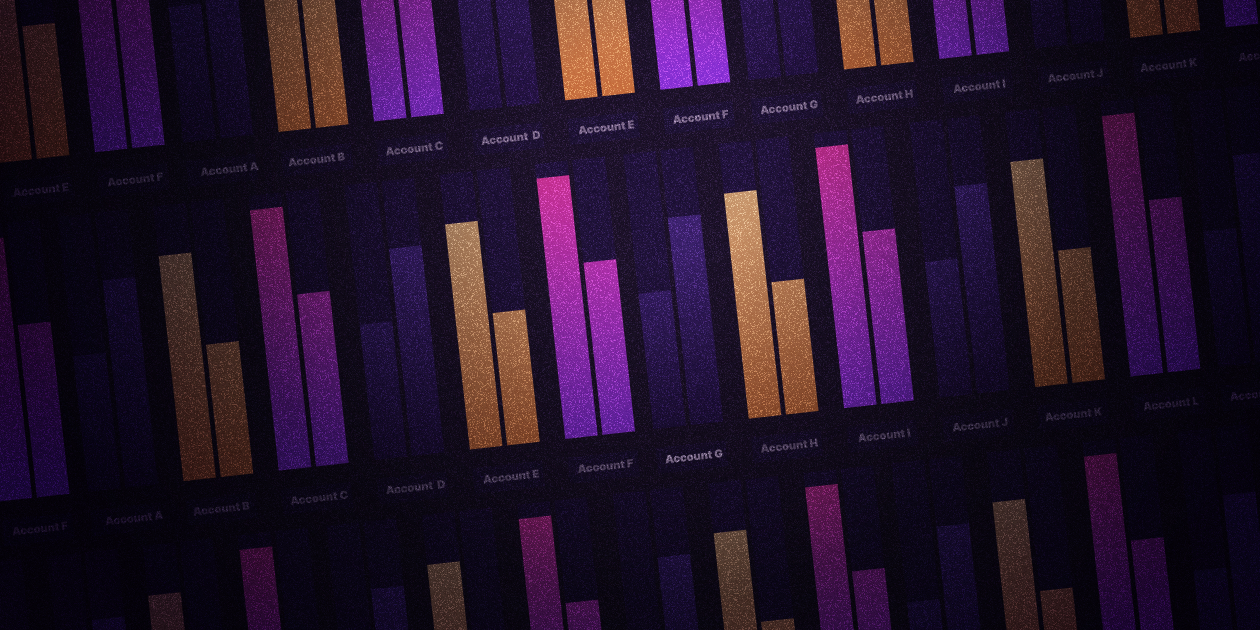
Understanding Financial Data Aggregation
What is Financial Data Aggregation?
At the heart of modern finance is the concept of financial data aggregation. This is the intricate process of collecting and integrating financial details from various sources such as banks, credit unions, and investment firms into a unified, easy-to-access location. The objective? To paint a complete and detailed financial portrait, whether it's for an individual or a business.
The Crucial Role of Financial Data Aggregation
A Complete Financial Picture: The primary advantage of data aggregation lies in its ability to provide a full financial overview in one location. This comprehensive perspective is vital for managing personal finances, making informed budgeting decisions, and guiding investment choices.
Elevating User Experience: For fintech apps, data aggregation is a game-changer in user experience. It allows individuals to access their diverse financial information through one portal, rather than juggling multiple accounts.
Personalization of Services: Aggregated data is a treasure trove for fintech apps, enabling them to offer customized advice and services, precisely tailored to the user's unique financial situation.
Catalyst for Innovation: Financial data aggregation lays the groundwork for innovative fintech creations, including robo-advisors, automated saving mechanisms, and sophisticated budgeting tools.
The Mechanics of Financial Data Aggregation
Collecting Data: The journey begins with acquiring financial data, which can be achieved through methods like direct API connections, file uploads, or even screen scraping, where software extracts data from the websites of financial institutions.
Merging and Refining Data: After collection, the data is merged and refined for consistency, preparing it for deeper analysis and interpretation.
Analyzing and Interpreting Data: This stage involves delving into the data to uncover insights, such as spending habits or financial health indicators.
Presenting Data: The final step is presenting this processed data to users via an application, ensuring that the information is both accessible and practical for financial decision-making.
Why Financial Data Aggregation is Essential for Fintech Applications
Insight-Driven Functionality: Data serves as the backbone of fintech applications, offering the essential insights for service provision.
Tailoring to User Needs: Comprehensive data access enables these applications to customize services, enhancing user engagement and satisfaction.
Informed Risk Management: In areas like lending or investing, aggregated data is key to evaluating risks more accurately.
Maintaining Regulatory Compliance: The finance industry is tightly regulated, and data aggregation helps ensure that the collection and management of financial information adhere to these strict standards.
The Vital Influence of Financial Data Aggregation on Fintech's Evolution
Far from being just an added feature, financial data aggregation is a cornerstone of the fintech ecosystem. It is the driving force that allows applications to offer more sophisticated, personalized, and efficient financial services. Understanding its function, importance, and the value it brings is essential for anyone involved in or interested in the dynamic sphere of financial technology.




